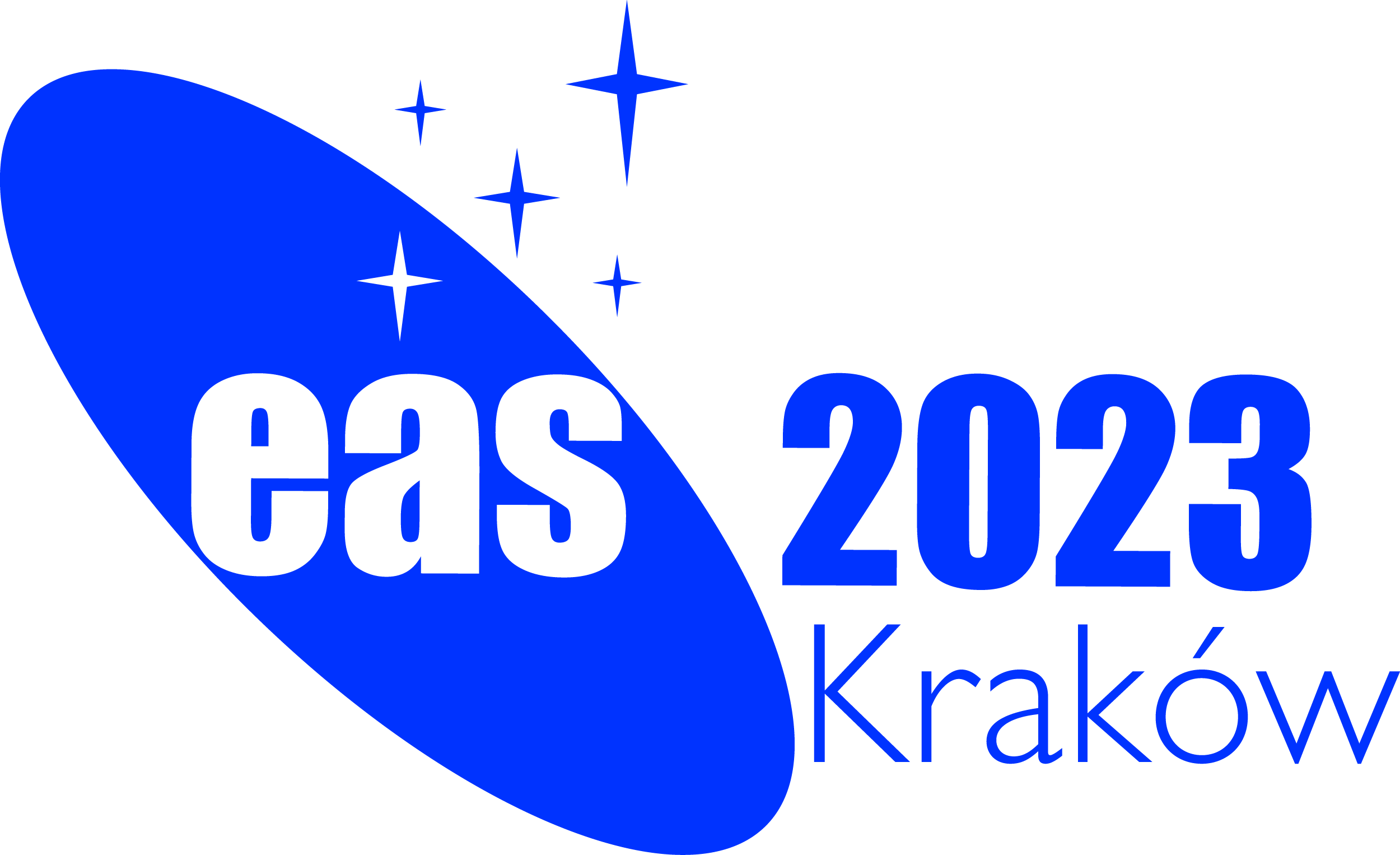
|
Special Session SS12
13 July 2023
Planets not orbiting main sequence starsNews: Please, note that this sessions will consist of invited talks only, each one followed by discussion. THERE WILL BE NO CONTRIBUTED TALKS, but e-posters are very welcome! If you have already submitted your abstract for a contributed talk, please, convert it to e-poster. Thanks! Aims and scope
Extrasolar planetary science does not end when host stars leave the main sequence! Studies of planetary systems found within off-main sequence stellar environments represent an under-explored yet essential area of research within exoplanet science, which provides chemical and dynamical information not attainable in main-sequence planetary systems.
Detections of planets around giant, subgiant and subdwarf stars furnish information about properties of planetary systems around descendants of intermediate mass stars. In addition, each detection of a planetary system around a sufficiently evolved, post-main sequence star provides a "snapshot" of the changes in its dynamical configuration powered by evolution of the parent star. Mounting detections of the debris disks (over 60), the broken-up remnants of minor planets (over 1,000), and recent evidence for the surviving major planets around white dwarfs (at distances ranging from 0.02 au to 2,500 au), reveal how evolving stars transform planetary systems at the endpoint of stellar evolution. This field has now become mature enough to enable a broad discussion involving planet detections, the evolution of planetary system architectures, population synthesis, and a variety of theoretical studies.
Programme
HOT SUBDWARF AND WHITE DWARF PLANETS SEARCHES FOR WHITE DWARF AND NEUTRON STAR PLANETS, FREE FLOATERS Invited speakers
Scientific organisers Isabelle Baraffe (University of Exeter, UK), Martin Dominik (University of St Andrews, UK), Boris Gaensicke (University of Warwick, UK), Andrzej Niedzielski (Nicolaus Copernicus University, Poland), Roberto Silvotti (INAF, Osservatorio Astrofisico di Torino, Italy), Dimitri Veras (University of Warwick, UK), Eva Villaver (CSIC-INTA, Centro de Astrobiologia, Spain), Alex Wolszczan (chair, Penn State University, USA) Contact Alex Wolszczan, e-mail: alex @ astro.psu.edu Updated on Wed Apr 12 16:32:31 CEST 2023
|
||||||||||||
|
European Astronomical Society |
|||||||||||||
 A power cut will shut down all EAS services on Tuesday, 10 January 2017 starting at 7:30 CET.
A power cut will shut down all EAS services on Tuesday, 10 January 2017 starting at 7:30 CET.


